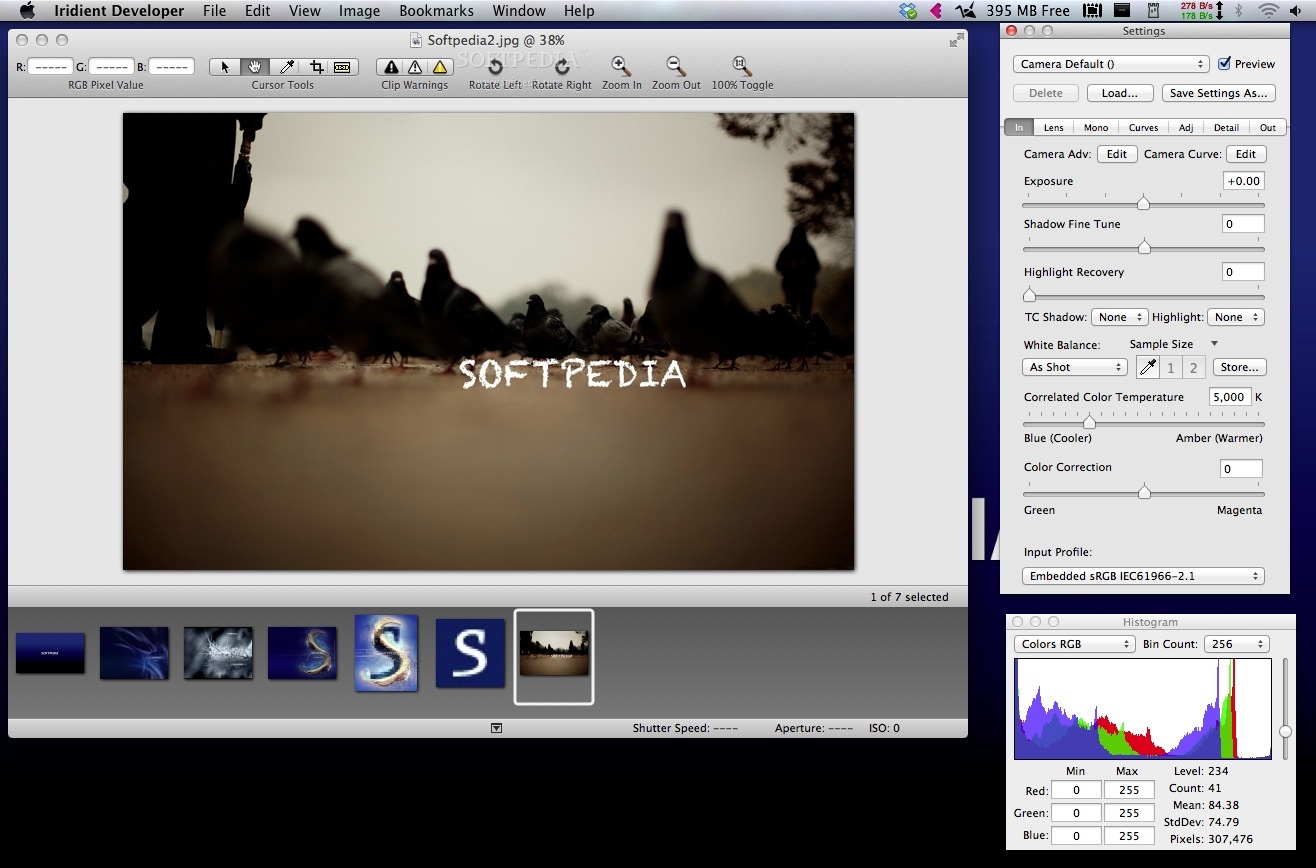

- #IRIDIENT DEVELOPER FOR OLYMPUS REVIEW MANUAL#
- #IRIDIENT DEVELOPER FOR OLYMPUS REVIEW SOFTWARE#
- #IRIDIENT DEVELOPER FOR OLYMPUS REVIEW ISO#

I think 1.8m to infinity or something like that.Īll of the following shots are shoot on the move while walking and within a second or two of waking the camera up from sleep mode.Īnd if one wants more resolution I have done some street shooting with the SDQ as well. No need for a good evf I just need a general view with shapes.įocus wheel at 2.5 means all is in focus no matter what. 28mm is my preferred focal length for street.

I never shoot more than one picture at the time on the streets so Im fine with it.Īnd on the DP1 its easier. Perfect for zone focus on the streets.īut be sure to catch the moment, there is no spray and pray.
#IRIDIENT DEVELOPER FOR OLYMPUS REVIEW MANUAL#
I set it to 30sec before sleep.Īnd the manual focus wheel makes it as far as I know, the fastest manual focus compact camera in the world. The wakeup is as fast as any modern camera. If the DP2 Classic is a lot faster than that, then it might be a decent street photography camera. In any event, when conditions are right, Sigma can knock it out of the park! I did open file in both programs, think I like the initial rendering in Sigma a bit better. The developer is a one man shop, but is able to handle the Sigma files (and does better job than Adobe on Fuji raws)- interesting Adobe couldn't. Haven't seen it mentioned here (or very often), but Iridient Developer will open the Sigma files- much faster. Well, price is only ok for now until Burling does one his reviews on it I started off with the DP2m and if I had to have just one then I think that is the sweet spot for me in terms of size, focal length (stitched comps for faux wide angle are great from it) and price. !BiYwRCQZ!1725R1XDQlhRPliyTdnpusi3rqspEWirIvByYqvA-tIĪs everyone says, these cameras have as many quirks and limitations as they do different models but if you're prepared to accept them then you're getting a hell of a lot in a compact form and price.
#IRIDIENT DEVELOPER FOR OLYMPUS REVIEW SOFTWARE#
X3F file here and you can then go over to Sigma's site and download their SPP software to edit it with. If anyone wants to have a play with it themselves then I've put the original. Top picture is ISO200 and bottom is ISO400 with 100% crops from each to show the untreated noise in both. Basically, once you've taken the hit by moving away from 100 then you might as well take the extra shutter speed/aperture opportunities on offer by shooting at 400
#IRIDIENT DEVELOPER FOR OLYMPUS REVIEW ISO#
With the Quattros, the native ISO is 100 and AFAIK there is a drop from 100 to 200 but its not so marked between 200 and 400. Next is a comparison between ISO200 and ISO400 as I needed a coffee after looking at those old ruins (what do you mean, I see one in the mirror every day). The top picture is the JPEG from the camera to show how it was shot and the bottom one is after using the X3 Fill Light. Its not like I'm dealing with a DSLR where I've been machine gunning my way round a sports field and its more akin to film photography where you come home with a couple of rolls of 36 exposures.Īnyway, so here is an illustration that I shot for you (at ISO400) to show you what's possible DR wise and the key to this is the X3 Fill Light function which will bring back a ton of shadow information so you know you can ETTR and recover usable info X3F files but Sigma's open app is the key to getting the absolute best out of the files as they're the gatekeepers of the Foveon voodoo! Yes, its slow, but so is the pace of photography you will largely do with these cameras so its no big deal to me. Well, you have the DNG option now in the Quattro range and there is a freeware app who's name escapes me that can open the. The RAW editor gets a lot of abuse (and not without foundation it has to be said when compared to stuff like Lightroom and Aperture) but its not dramatically worse than Hasselblad's Phocus app for example but at least you can open their files in something else, unlike Sigma's. The DR issue (as hotly debated in parts of the DPR thread) is one that partly comes down to what can be measured and what you can use based on what you can do with it in Sigma's RAW editor. I took a couple of shots for you at ISO400 on my DP0 which is the fixed 14mm version of the SD sensor. There is a 10 page argument about it ( without a single photograph) here if you've got the patience for it.


 0 kommentar(er)
0 kommentar(er)
